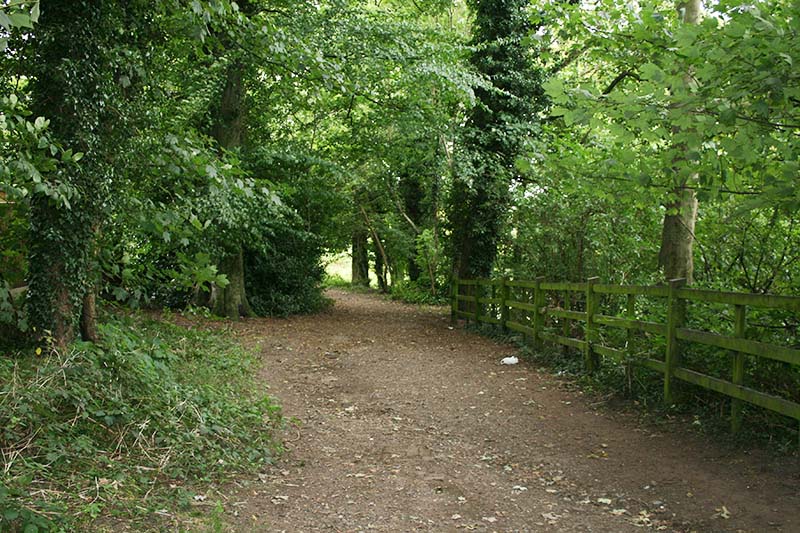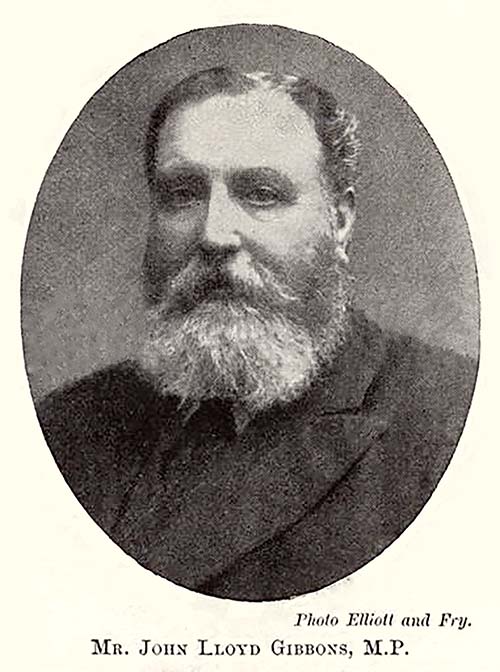
|

|
||||||
|
Landmarks ~
Churches ~
Pubs ~
Shops ~
Amenities ~
Dwellings ~
Events ~
Schools ~
Sports
Industrial ~ Transport ~ Folklore ~ Families
~ Gallery - Dwellings ~
Ellowes Hall ~
Farms ~
Ruiton House ~
Sam's old house ~
Petworth House ~
Pop House ~
Prefabs
Round House ~ Straits House ~ Prospect House ~ The Quarries ~ 8 Bull St. ~ Old Vicarage ~ Other The Ellowes
Ellowes ~
Ellowes Mansion ~
Ellowes Estate ~
Ellowes Lodges ~
Ellowes Families ~
Ellowes Coach Road ~
Ellowes Trivia
The Ellowes Estate
 A view of Ellowes Hall from the West circa 1925.
A view of Ellowes Hall from the West circa 1925.
John Price Postcard.  Derived from 1844 Tithe map, showing location of Ellowes Hall.
Derived from 1844 Tithe map, showing location of Ellowes Hall.
Since the 1960's the school playing fields would be on the left side. and a housing development on the right-hand side and Stickley Lane on the lower side.
The Ellowes Estate spread around 30 acres of meadow, pasture, woods.
In the vicinity of the hall were gardens, follies and parkland.
The map to the right shows the Hall's location, with the Coach Road leading North to the lodge at Moden Hill.
The Eastern service road leads to the Lodge on Holloway Street.
Stickley Lane later came into being just at the bottom of the map.
In 'Spring Piece' the 'Sugar Well" is marked (see later), the well also fed the small ornamental pools.
From the main entrance, the old coach road, which is covered separately,
continues for half a mile, much of it still exists.
The Coach road is a little overgrown, but there is plenty evidence of the sandstone walling that skirted both sides of the coachway, the drive now terminates at the small pools which were once a central feature of the landscaped gardens.
A short distance after the pools, the drive would have originally swept up and away to the left up to the elevated frontage of the Hall
The Sugar Well
Another remaining feature of the estate is the 'Sugar Well' so named because of the particularly sweet
water which also fed the ornamental pools below, the pools and well are still preserved despite
the former surrounded on three sides by modern housing.
In his book "Sedgley Sundries" published around 1904, Edward Nayler writes:-
"On the estate of John Lloyd Gibbons, Esq., is a notable spring, yielding a copious supply of
very pure water, and many of the cottagers at Ruiton are dependent upon
this source for their supply.
It forms a stream which skirts the Ellowes Park, and joins the brook rising at the Whitewell." [Straits Brook, Near Spout House Farm] The Grotto
In the Rookery to the South of the Hall, five artificial caves or grottoes formed an unusual subterranean folly.
The grottoes were about ten feet in diameter and built of Gornal Stone with short interconnecting passageways,
each cave was decorated with animal bones and shells and each had an outside entrance.
The folly was derelict by the time the Hall was demolished and all trace of it has been lost, any remains being on private property.
The presence of these 'caves' led to the popular belief of a tunnel leading to Dudley Castle, however
this is pure fantasy.
Hidden among the undergrowth, a brick-built icehouse which was inset into the steep bank below the Hall.
A couple of steps led down into the icehouse which was about ten feet in diameter and circular, it had a domed roof.
The Icehouse is clearly marked on the Ordnance Survey map of 1881.
Presently the icehouse is on private property and the entrance has been bricked up
1924. Dudley Chronicle, 4th December.
In the Birmingham Post newspaper of 1865, there is a note to the editor regarding the history of Sedgley
from an anonymous source that states:
"OLD ABBEY - On the estate of 'The Ellowes' or 'Eblavales'[sic], the property of Major Barrows, are the ruins of a very ancient chapel, which probably was formerly constituted a cell to Dudley Priory, but I have been unable to meet with any record of it; however, there is reason to believe that some MSS. in the library of Oscott College would throw light on it".
A small farm called 'Abbey Farm', in the grounds near the gully from the ornamental ponds
was partly destroyed by fire in 1919.
This could well be connected with the previous statement. The Farm was little used after this time, the ruins were demolished to make way for the new school playing fields in 1966. ~
|
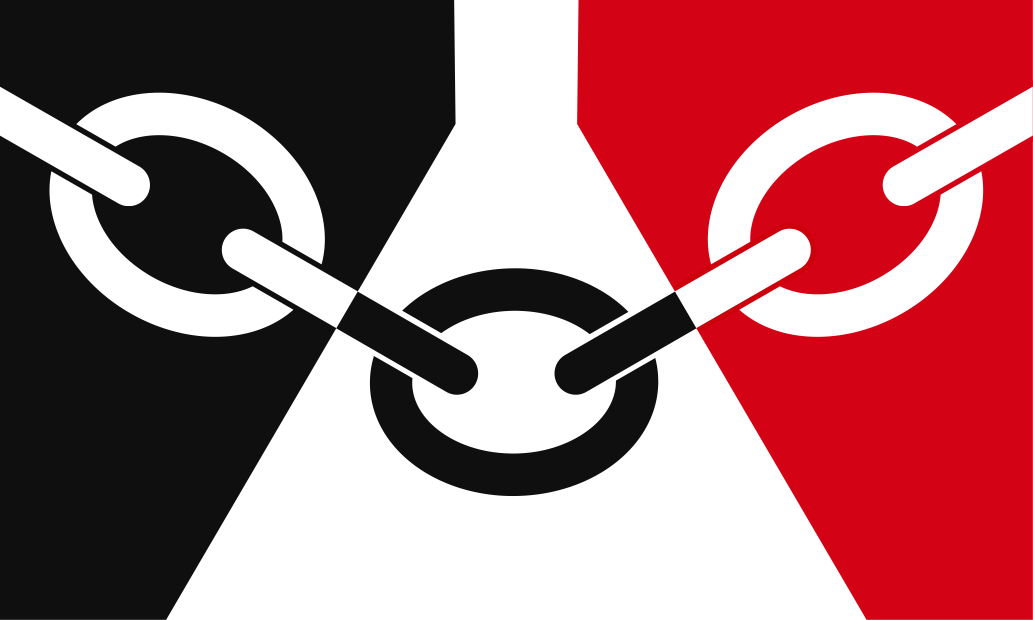
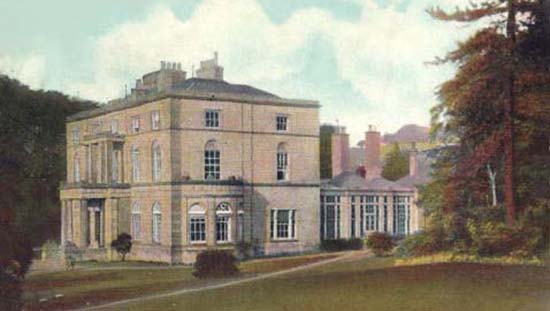
 A view of 'The Pool - Ellowes Hall' circa 1920/30s
A view of 'The Pool - Ellowes Hall' circa 1920/30s
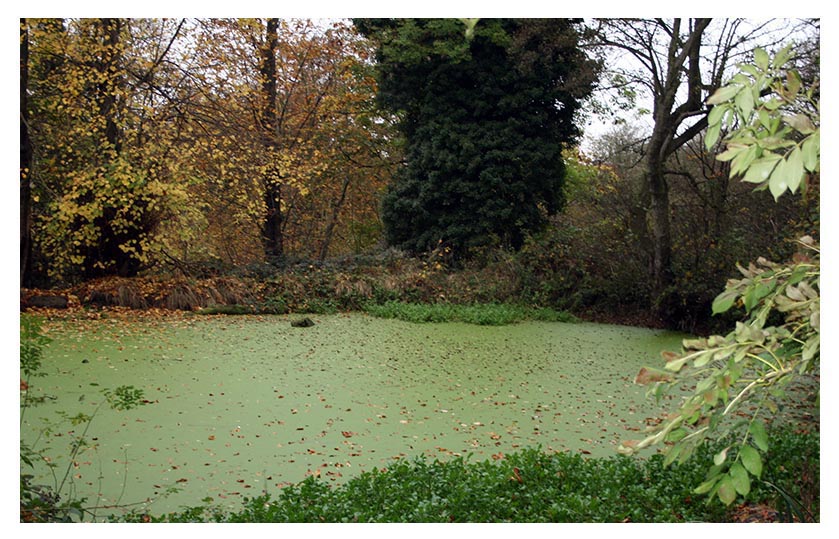 A view of the Pool today (2016).
A view of the Pool today (2016).
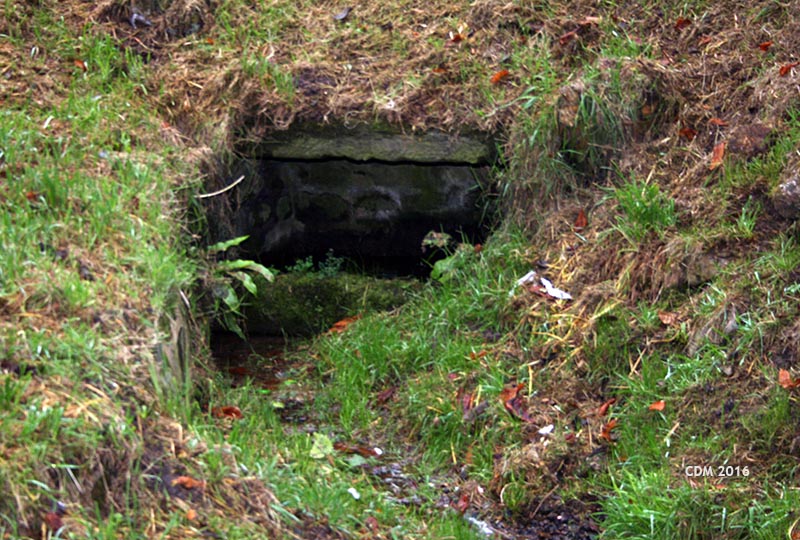
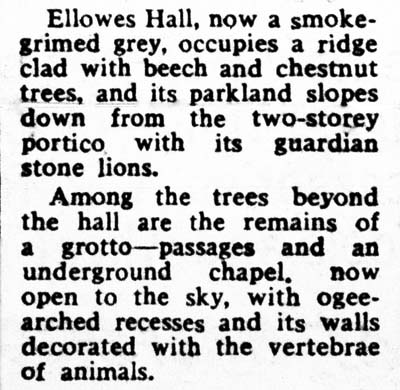
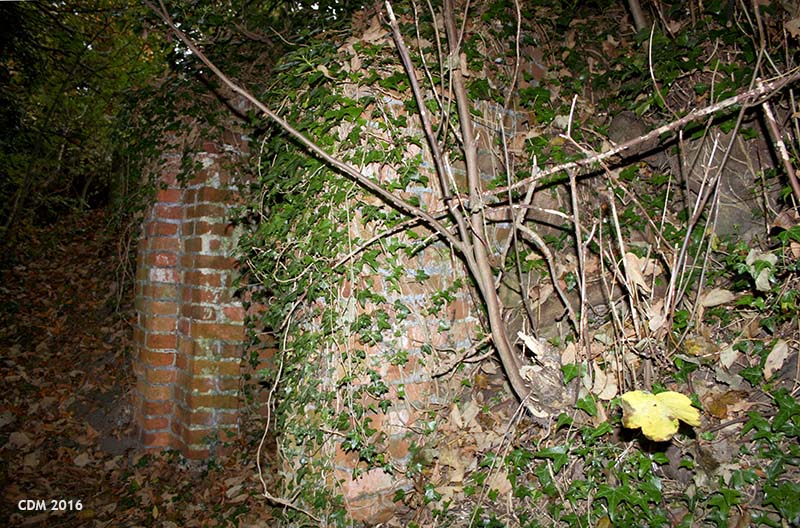 The overgrown icehouse which once served the Hall, now on private property.
The overgrown icehouse which once served the Hall, now on private property.
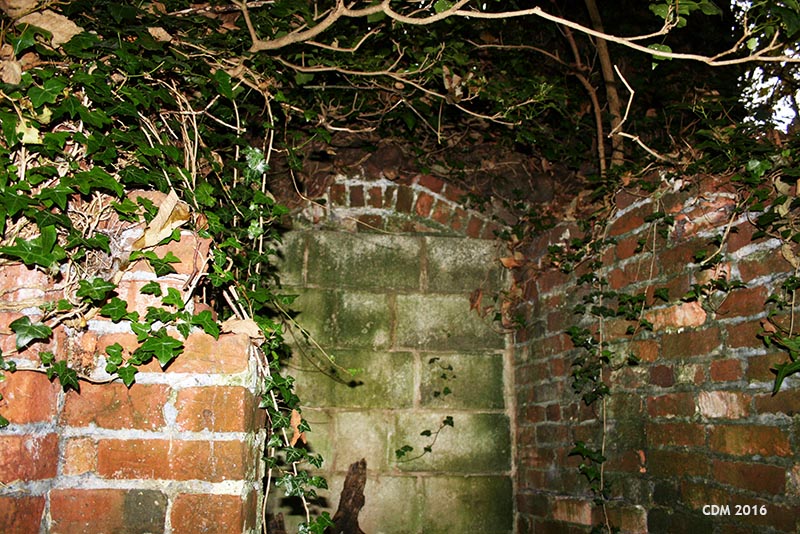 The entrance is now bricked up, the top of the arched entrance can just be seen.
The entrance is now bricked up, the top of the arched entrance can just be seen.

